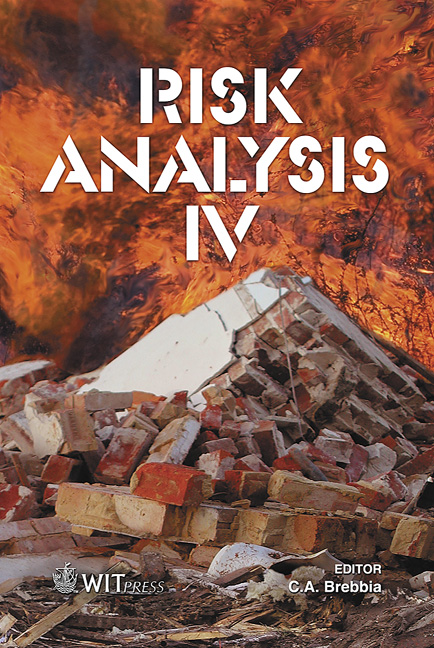Territorial Vulnerability Analysis: The Case Studies
Price
Free (open access)
Transaction
Volume
77
Pages
8
Published
2004
Size
3,344 kb
Paper DOI
10.2495/RISK040721
Copyright
WIT Press
Author(s)
M. C. Treu, M. Samakovlija & M. Magoni
Abstract
This is the second of three papers presented by the Politecnico di Milano. The papers present the first results of the European research project QUATER (\“QUARTER” TERritorial QUAlity, territorial risk management systems of municipality”, project INTERREG IIIB MEDOC, research group of Politecnico di Milano coordinated by Maria Cristina Treu). The research aim is the development of a territorial management system for territorial risk decrease/reduction (natural and anthropogenic risks) and quality improvement. This paper presents the critical aspects and results which have come out of the first applications of the vulnerability assessment method proposed. The method has been applied on three Municipalities localised in the Lombardy Region (northern part of Italy). The research tests the procedure manual of the territorial risks/quality management by case studies. Keywords: territorial risks (natural and anthropogenic), territorial sensitivity, territorial vulnerability, GIS, indicators. 1 Introduction The QUATER method is used for environmental and human risk mitigation at Municipal level. It is based on three analysis steps that require the use of GIS. In the case studies the analysed risks were different in nature and intensity and were often simultaneously present with a \“domino effect”. For example, in Toscolano Maderno, the major risk was the seismic risk that include all the Municipal area, but there was also some areas involved in landslide risk or alluvial risk in the proximity of Toscolano stream.
Keywords
territorial risks (natural and anthropogenic), territorial sensitivity, territorial vulnerability, GIS, indicators.





